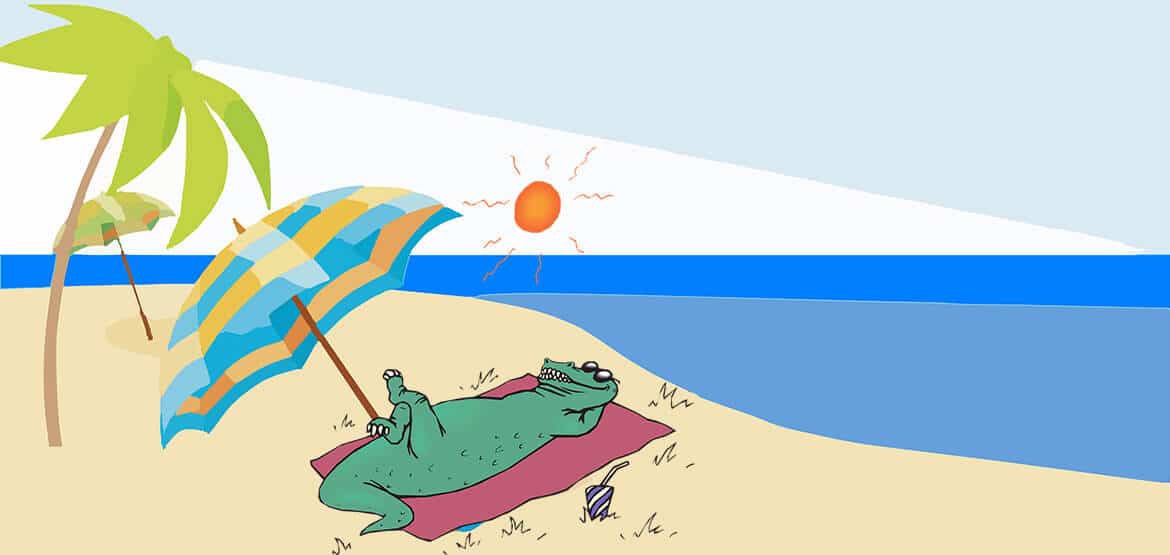Diabetes Learning Center, Diabetes Management, Health, Lifestyle, Penny
CAN I GO TANNING WITH DIABETES?
Summer is here. That means one thing; longer, sunnier days. It will be nice to lay on the porch or at the beach and suntan. However, I have recently discovered that certain symptoms of diabetes such as dehydration, hypoglycemia, and heat exhaustion may occur while suntanning.
Diabetes and Tanning
If you are undergoing treatment for lupus or diabetes, or if you are susceptible to cold sores be aware that these conditions can be aggravated through exposure to ultraviolet radiation from tanning devices, sunlamps, or natural sunlight. Moreover, your skin may be more sensitive to artificial light or sunlight if you take certain medications, for example, antihistamines.
For people with diabetes, dehydration is a common issue that can rise from suntanning. Hot weather or tanning can increase the risk of hypoglycemia for individuals consuming glucose lowering medication. Also, diabetic patients are more likely to experience exhaustion during tanning. Symptoms may includes sweating, dizziness, headaches, nausea, racing heart rate, clammy skin, or cramping muscles.
Check with your healthcare professionals before attempting to expose your body to ultraviolet radiation from tanning salons or from extreme sun light. Your tanning salon may keep a file with information on your medical history, medications, and treatments. Make sure to update it as necessary.
Protecting Yourself
How to protect yourself from getting suntanning symptoms? The answer is simple; limit your exposure. If you tan with a device, ask whether the manufacturer or the salon staff recommend exposure limits for your skin type. Set a timer on the tanning device that automatically shuts off the lights, or somehow signals the staff that you’ve reached your exposure limit.
Make sure to stay hydrated throughout the tanning process. Measure your glucose levels before, after, and if necessary during tanning. Furthermore, keep a source of fast acting carbohydrate such as glucose tablets on hand. Lastly, keep your diabetes supplies such as glucose test strips or insulin in a cool place and out of the sun light.
Knowing your Tanning Lotion
There are several suntanning products that don’t contain sunscreen. Sunscreen, which blocks UVA and UVB, plays a major role in safe tanning. Remember it only takes a few bad sunburns to damage the skin and raise complications. The FDA has expressed concern about suntanning products that don’t contain sunscreen, and encourages consumers to check the labels for SPF protection.
Sunscreen is regulated by the FDA as an over-the-counter (OTC) item. Look for products with a sun protection factor (SPF) of 15 or more. The higher the number, the better the protection. Sunscreen should be liberally applied to skin 30 minutes before exposing to the sun, and then every two hours after that.
Tanning Safely
We urge you to find out more about self tanning. You can self tan with a sunless tanning lotion. Sunless tanning lotion is a tanning lotion that gives you that great tan without the dangers of UVA and UVB! Find out more about Self Tanning!

As the top editor Penny makes sure all the other authors are kept in check. Penny is best at vocalizing her concerns, especially when it has to do with quality. When she doesn’t get her way, she can be very pushy.
She is also a major contributor to the Blog. Penny loves to connect with her readers and is very prompt with responses.

